Abstract
The presence of moderately increased albuminuria and/or proteinuria are associated with increased incidence of progressive kidney disease, cardiovascular events and death. Urine albumin-to-creatinine ratio is the preferred method of screening for albuminuria and protein-to-creatinine ratio is preferred for proteinuria. A random urine sample is accurate for diagnosis.
The presence of moderately increased albuminuria in type 1 diabetes is associated with increased risk of all-cause mortality (relative risk 1.8) and also increased risk of cardiovascular mortality (relative risk 1.8) compared with patients with type 1 diabetes but normal albumin excretion. In type 2 diabetes, the relative risk for all-cause mortality in patients with moderately increased albuminuria versus normal albumin excretion was 1.9, while the relative risk for cardiovascular and coronary heart disease mortality was 2.0 and 2.3 respectively. Albuminuria is a robust, independent and continuous marker, with no lower limit, for increased risk of cardiovascular disease and cardiovascular mortality in diabetes and CKD patients as well as in the general population. The presence of moderately increased albuminuria can signal the beginning of diabetic nephropathy and also signals the presence of endothelial dysfunction. In type 1 and type 2 diabetes, intensive glycemic control and blood pressure treatment with angiotensin converting enzyme inhibitors (ACEI) or angiotensin II receptor blockers (ARB) decrease the prevalence of moderately increased albuminuria and prevent its progression to overt proteinuria. The most effective treatment to prevent cardiovascular complications in diabetes and CKD seems to be a comprehensive multifactorial risk factor reduction: glycemic control, aggressive blood pressure control, management of albuminuria with angiotensin blockade, treatment of dyslipidemia, daily aspirin, exercise, weight loss and smoking cessation.Keywords: Albuminuria, Albumin excretion, All-cause mortality, Cardiovascular risk, Chronic kidney disease, Diabetes, Glomerular filtration rate, Hypertension, Microalbuminuria, Prevention, Screening.

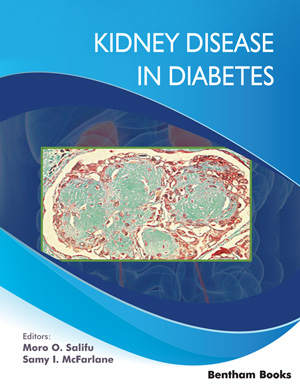

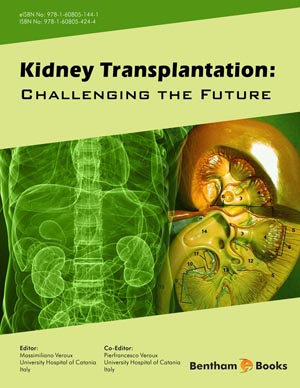
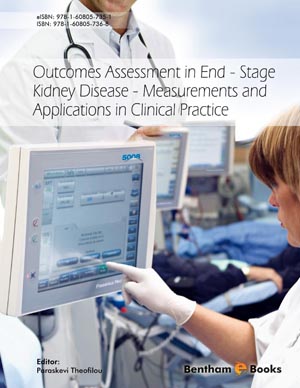
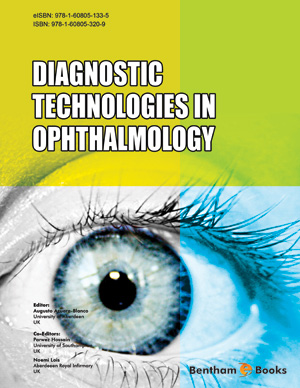
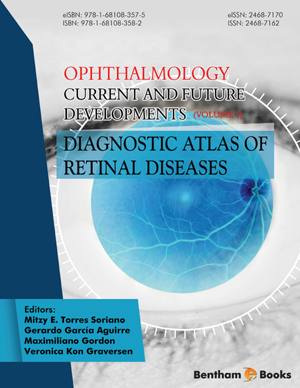
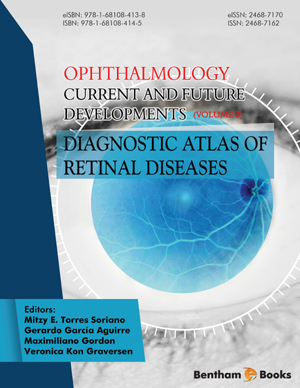
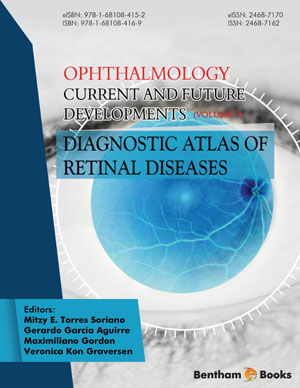
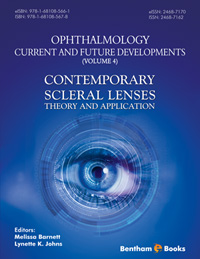

.jpg)